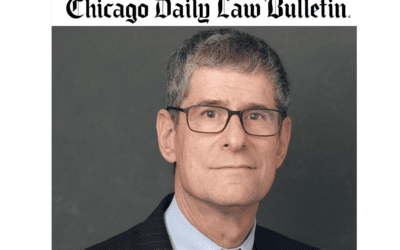A recent federal court ruling, Songer v. Reliance Std. Life Ins. Co., 2015 WL 2098126 (W.D. Pa. May 5, 2015), examined offsets of “other income benefits” such as Social Security disability payments. Since the insured’s income exceeded the maximum insured amount, his benefit was capped at an amount substantially less than the typical insured benefit of 60% of pre-disability income. The question before the court was whether the offset of Social Security benefits should be taken from the benefit amount payable or from 60% of the insured pre-disability income.
The policy provided for a benefit of 60% of pre-disability earnings, but capped benefits payable at $6,000 per month. However, 60% of Songer’s earnings was $7,375 per month. Reliance sought to deduct the Social Security payment of $2,277 from $6,000; however, Songer argued it should be deducted from $7,375. The court agreed with Songer based on the policy language, which stated:
BENEFIT AMOUNT: To figure the benefit amount payable:
(1) multiply an Insured’s Covered Monthly Earnings by the benefit percentage(s), as shown on the Schedule of Benefits page;
(2) take the lesser of the amount:
(a) of step (1) above; or
(b) the Maximum Monthly Benefit, as shown on the Schedule of Benefits page; and
(3) subtract Other Income Benefits, as shown below, from step (2) above.
The Maximum Monthly Benefits under the Policy is “$6,000 (this is equal to a maximum Covered Monthly Earnings of $10,000).”
The court found the policy language unambiguous in providing that Reliance should have deducted the Social Security payment from 60% of Songer’s earnings. The court noted, “To rule otherwise would be inconsistent with the Policy language as written, and would allow Defendant to receive a double deduction, which would result in a significant windfall to Defendant.”
This ruling is contrary to the position taken by every insurer that the deduction of other income benefits is taken from the benefit amount rather than the insured’s income even though, as the court points out here, it results in a windfall to the insurance company. The insurer would no doubt respond, though, that Songer should have purchased a policy with a higher maximum benefit.






